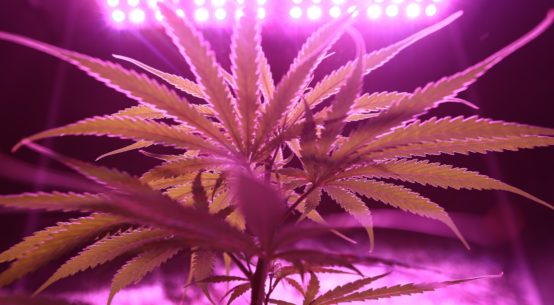
Oregon produces more cannabis than it consumes, causing endless consternation from regulatory and law enforcement agencies. This oversupply has resulted in threats from the state’s attorney general that authorities needed to step up their efforts to deal with it.
It’s also sent weed prices plunging 50 percent last year, and predictions are that wholesale prices will drop again this year.
A new cannabis audit by the Oregon Secretary of State’s office assesses just how overcome we are with what I would have never thought would be a “problem”: too much weed.
The audit resulted in four key findings.
The Oregon Liquor Control Commission (OLCC) needs help—lots of it. The sheer number of people who are licensed or are applying for licenses to grow cannabis for the recreational market is overwhelming the OLCC.
Although a temporary moratorium was placed on new license applications in June 2018, the OLCC doesn’t have the staffing to keep up with processing both new and renewed license applications and performing the necessary compliance inspections.
The report notes that only 32 percent of growers and a mere three percent of retailers have undergone inspections.
The Oregon Health Authority (OHA) isn’t doing so hot either.
The OHA oversees the Oregon Medical Marijuana Program (OMMP), and they have even bigger challenges than the OLCC.
Oregon’s medical cannabis system has far less oversight than the non-medical recreational program, such as not requiring cameras at OMMP grow sites, and having a laughable total of four—four—OHA inspectors to handle the 14,000 OMMP grow sites statewide.
That’s 3,500 grow sites per inspector. The report mentions that the OHA has “struggled with decreasing revenues, turnover, and performance management.”
Heavy metals and weed are a bad combination.
Recreational cannabis is required to be stringently tested, while most OMMP cannabis is not. Also, Oregon’s lab rules do not require heavy metal and microbiological testing, required by some other states for their medical cannabis programs.
Testing, testing, one, two, three.
The OHA oversees cannabis lab testing in the state, and it’s stretched far too thin. Unverified lab results, staffing shortages, and other inefficiencies have put Oregon labs in a position where their results often don’t meet accreditation standards.
In a recent industry report, the Oregonian wrote that 45 percent of the cannabis consumed in Oregon comes from non-regulated sources: legal home grows, medical growers, and the “black market”.
Furthermore, sales of extracts and concentrates grew 40 percent from 2017 to 2018.
Still, at the rate Oregonians are consuming cannabis in all its forms, we presently have a more than a six-and-a-half-year supply of harvested and cured cannabis.
The OLCC’s concerns aren’t over the way six-and-a-half-year-old cannabis tastes (horrible, BTW), but rather the dreaded “d” word—diversion.
When cannabis can be procured for as low as $300 per pound, it tempts people to take road trips to canna-thirsty states such as Idaho, where weed smokers will gladly pay many times that amount.
So, what to do about all this weed?
Potential solutions include raising license fees, which are lower in Oregon than some states. But raising fees tenfold won’t fix the revenue problem.
Grow-site canopy sizes could be limited, but that might just make farmers buy more licenses so they can grow more.
The OLCC could limit the number of licenses issued, or make the licensing moratorium permanent. The audit also offers the idea that the OLCC could allow the market to correct itself via failures and consolidations.
Which is what’s already happening now, really, with brands going under or being bought out by corporate cannabis entities. Market corrections are brutal, and cannabis is no exception.

